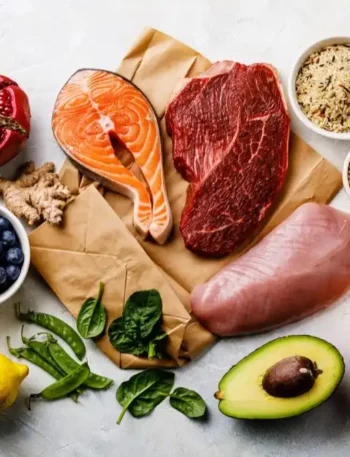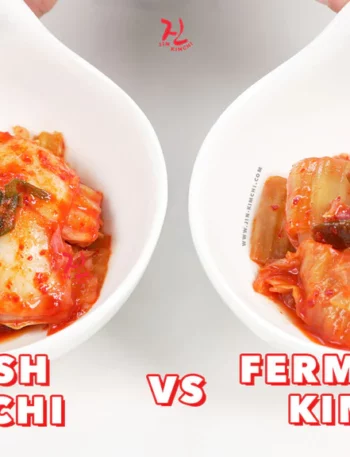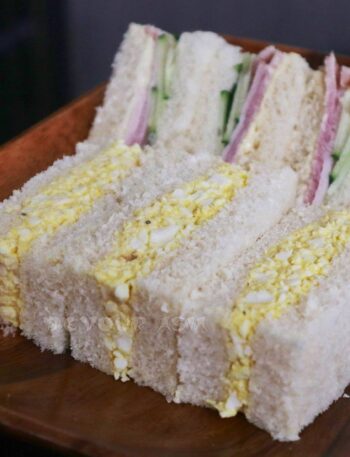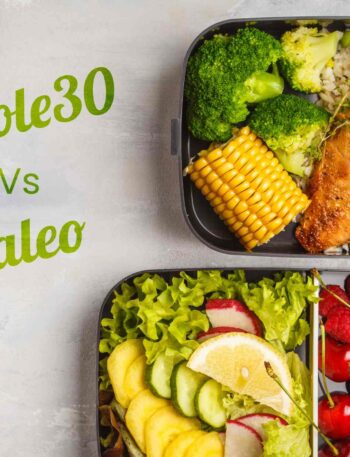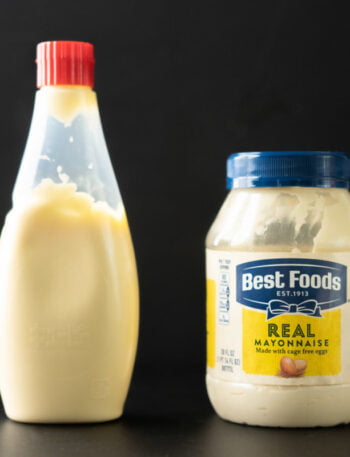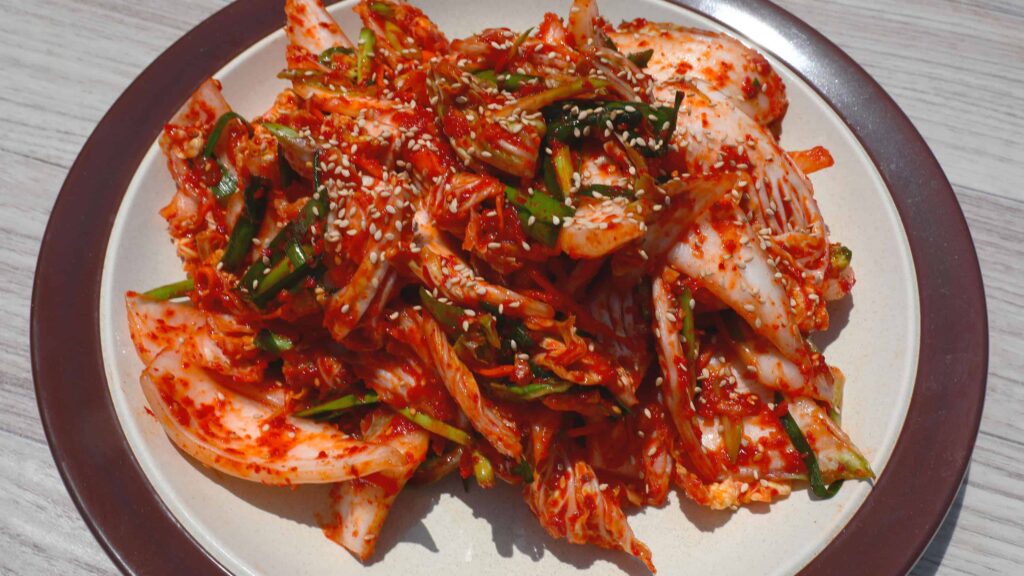
Crack open a jar of fresh kimchi and you’ll get hit by that sharp tang — sour, funky, electric. It smells like something alive, something ancient and wild. And it is.
But hold up. That doesn’t automatically mean it’s loaded with those gut-friendly little buggers we all love to brag about — probiotics.
The truth? Not all kimchi is created equal, and fresh kimchi… well, let’s just say it’s got a complicated relationship with fermentation.
Let’s set the record straight — kimchi doesn’t start off as probiotic. It becomes probiotic. You don’t just chop up cabbage, toss it with chili, garlic, and fish sauce, and boom — gut health miracle. Nah. That’s just spicy salad at that point.
The probiotics — the real stars of the show — don’t clock in until the bacteria clock in. And for that, you need time. Days. Sometimes weeks. Fresh kimchi? It’s still waiting to be born. It’s the caterpillar, not the butterfly.
People love to toss around “fermented” like it’s a free pass to health, but the nuance here is everything. Just because something’s on its way to being fermented doesn’t mean it’s there yet.
Think of it like baking bread — sticking dough in the oven for two minutes doesn’t make it bread, it makes it warm flour soup.
And let’s talk conditions. You can’t just leave kimchi on a shelf and cross your fingers. You need that cool dark spot, the right salt content, no overkill on the vinegar, and time — the holy grail.
The fermentation process is basically a bacteria party, and if the DJ ain’t right (aka the temp, salt, and time), nobody’s dancing. Or worse, the wrong crowd shows up.
So what’s actually happening? Lactic acid bacteria — like Lactobacillus plantarum and Leuconostoc mesenteroides — start showing up once the sugars in the veggies begin to break down. That’s when things turn probiotic.
But that takes at least 2-3 days at room temp, or a couple of weeks if you stash it in the fridge. Before that? You’re just chewing on hopes and dreams, babe.
Now, some folks out here sipping fresh kimchi juice thinking they’re doing their gut a favor. Hate to break it to you, but it’s like drinking protein shake powder without water — the potential is there, but your body’s just confused.
This ain’t to knock fresh kimchi, though. It slaps. It’s crunchy, spicy, bright — the kind of flavor that’ll slap you across the face and thank you for it. It’s just not probiotic yet.
That magical transformation? That’s reserved for the fermented stuff. The stuff that’s been stewing in its own glory for a while. The kind that makes your fridge smell like grandma’s cellar — in a good way.
So if you’re buying kimchi off a shelf that says “fresh,” you might be getting all the punch with none of the bugs. And if it’s pasteurized? Game over. Pasteurization is like a nuclear bomb to probiotics.
Sure, it extends shelf life — but at what cost? You might as well be eating spicy pickles in disguise.
Want real-deal probiotic power? Look for raw, unpasteurized, fermented kimchi. Check the label. Or better yet, make it yourself and let that jar sit until it starts bubbling like a cauldron in a witch’s kitchen. That’s when you know the bacteria are throwing a rave in there.
As the old Korean proverb goes: “A house without kimchi is not a home.”
But let’s be honest — a jar of fresh kimchi without fermentation? That’s just a squatter.
“Fermentation is patience made visible — don’t rush the funk.”
So yeah, fresh kimchi might look the part, smell the part, even taste the part. But until it’s had time to brew, to bubble, to build its bacterial army… it’s just spicy cabbage on a mission. The probiotics are coming — but only if you give them room to grow.


